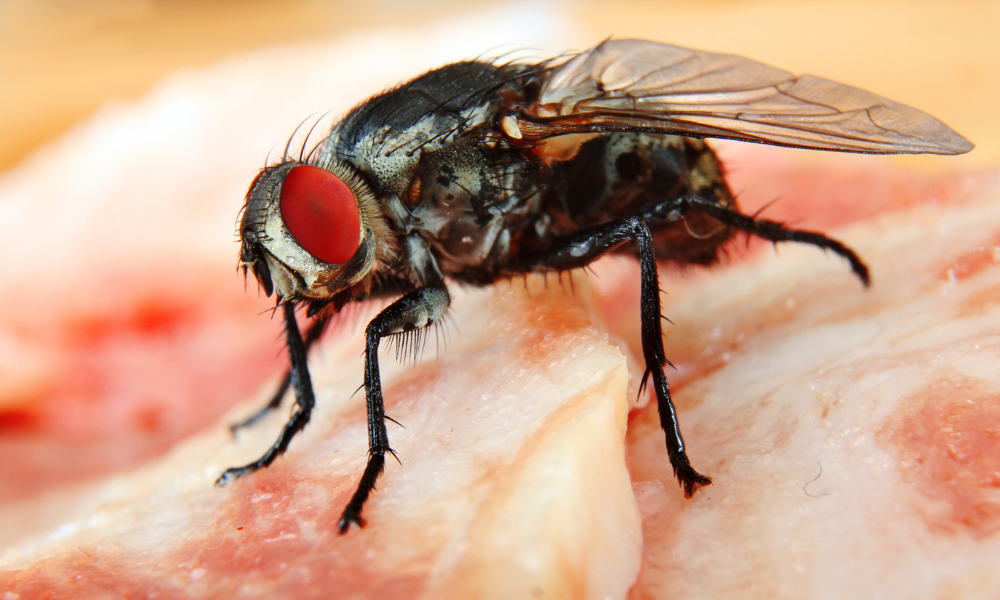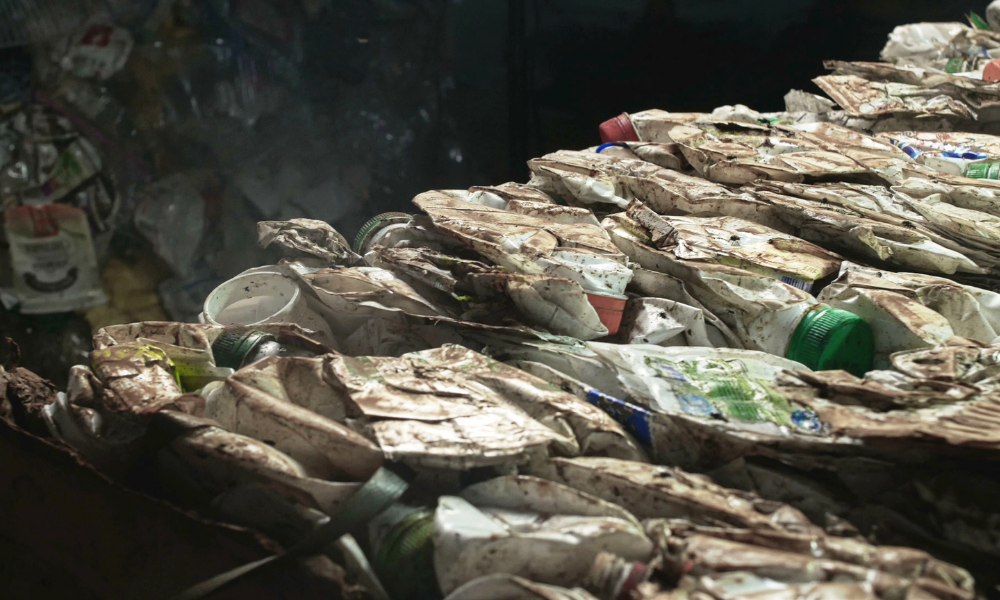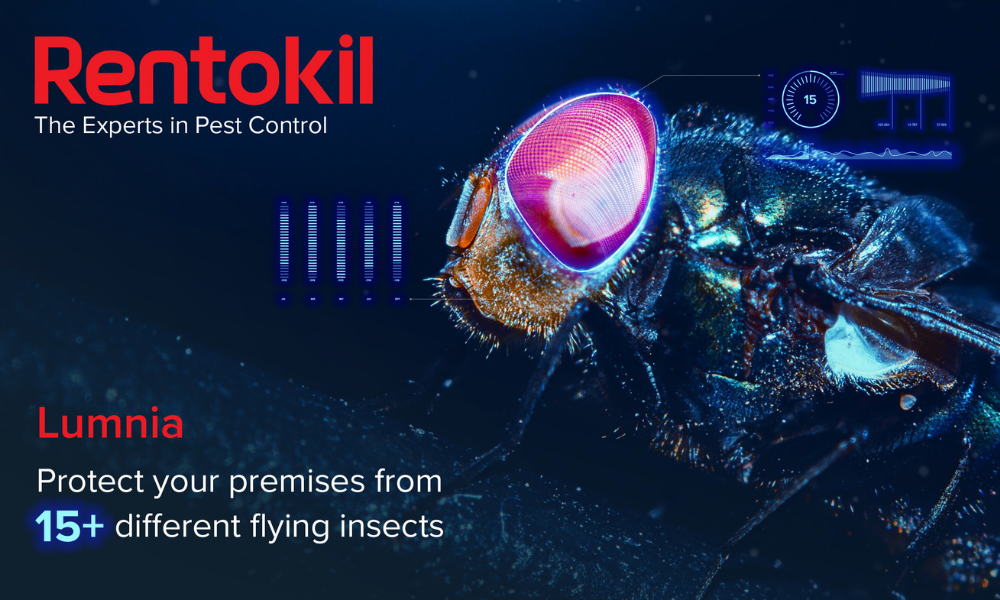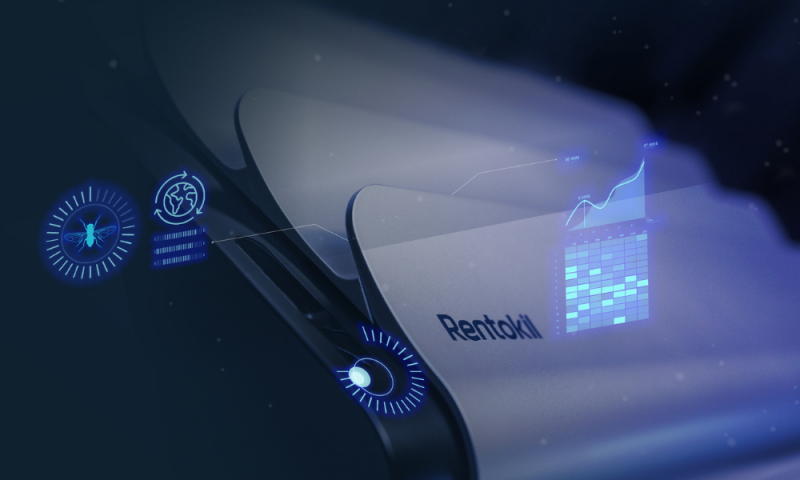Getting rid of flies using the right innovative fly trap
Many businesses in the food supply chain have a long history of struggling with flies infestation, thus resulting in tarnished brand reputation, customer experience, disruption in business operations and to some extent causing business losses or closure. As technology continues to advance, businesses in the food industry have also been trying multiple ways in getting rid of flies, because flies are real threats to the food industry that needs to adhere to strict health and safety regulations.
In the present time, businesses in the food industry are keeping up with the high demand from customers which requires even stricter food safety standards and continuous effort in maintaining a clean and safe environment. Many of these food businesses are also leaning towards a sustainability approach as well, not only to make customers happy, but ultimately to save cost and to get effective solutions to mitigate fly problems. Which is why it’s important for the food industry to ensure that their business is protected from flies infestation with the proper, sustainable and effective solutions.

Are flies really harmful to businesses and how are they harmful?
Although flies aren’t like their fellow pest buddies such as mosquitoes who will bite their prey and potentially transmit diseases. We should still be wary of flies as they pose a threat to humans by carrying harmful germs and bacteria as carriers and transmitting them when they land on food. Flies can transmit diseases like Salmonella, Cholera, Typhoid and E. Coli that cause symptoms such as stomachaches, headaches, vomiting, fever and diarrhoea. According to the World Health Organisation (WHO), 1 in 10 people will fall ill due to contaminated food and 420,000 deaths yearly.
Flies can be harmful when there's a serious case of flies infestation, not having effective fly control and repercussions from poor business practices. As a result, the food industry in the supply chain must be careful in making sure that flies do not compromise their operations and food safety. Let’s find out more about why and how flies are dangerous buzzer beaters:
1) During serious flies infestation, it can lead to costly expenses for Food Pro
We might think lightly of how a small insect such as flies can lead to huge damaging expenses when it seems easy to get rid of them with just using a fly swatter? Well, that’s not the case for the people in Sitiawan who are faced with high flies disturbance from nearby food processing farms that did not have a proper waste disposal system which is appealing for flies to feast and reproduce. Eventually, causing repercussions by negatively affecting the livelihood and businesses surrounding that area.
Instead of waiting for authorities to push their efforts on the farms in having a cleanup routine and the need for businesses to spend large amounts of money ondo-it-yourself fly deterrents, we recommend food businesses to professional and effective insect light traps. Rentokil offers the Lumnia range, an aestheticallypleasing unit using LED technology with 3 sizes to suit the different areas in your business. We recommend that food processing businesses should act fast and opt for our Lumnia range which comes with 3 different sizes to tackle serious fly problems instead of solely relying on the traditional way of fly control to ease their concerns.
2) Flies thrive in moist and flooded environments can cause flies infestation

Flies are attracted to organic waste such as decaying carcasses, leftover food, feces and other organic garbage that is left untouched for long periods of time. During the recent flash flood that hit several states in Malaysia, many victims were affected by the flood had lost their possessions, and homes.
In the aftermath of a flood, people would think that once the flood water has receded, everything would be back to normal like how we unclog a sink full of water. However, it is not all that simple because a thorough cleanup is needed to move all sorts of debris and mud away. That leaves the organic waste lying around if it’s not cleaned up and this is when flies will start to reproduce in their comfortable environment. Due to their short life cycle and ability to lay hundreds of eggs, it will take 6-8 days for flies to be fully grown, leading to a serious flies infestation! Therefore, this will cause more unwanted problems and health risks as well which needs to be addressed to the public. Furthermore, businesses like food retails within the post flood vicinity will be indirectly impacted too, and would need to find effective and sustainable solutions to tackle the sudden increase in flies infestation.
With that being said, our Lumnia has it covered with a great sustainability effort for food retail businesses to use due to the requirement of needing to change the LED lamps once every 3 years instead of 1 year if compared with traditional fly traps that use fluorescent bulbs. Saving the time and money to change the LED lamps and allowing food retail businesses to focus on their work at ease. Making flies infestation a one less problem to worry about despite the unforeseen circumstances from the flash flood.

Here’s why choosing Lumnia is sustainable and effective for your business:
The all new and improved Lumnia claims for the future of fly control innovation like no other in the market such as:
1. Sustainability - This comes from the low power LEDs whereby Lumnia LED lamps save up to 79% energy compared to fluorescent bulbs used in traditional fly traps. A sustainable feature that also lowers the electricity bill too.
2. Hides flies that were zapped from view and helps prevent cross-contamination for letting insect fragments and particles spread.
3. Low power LEDs with Lumnia adaptive mode, reaching as low as 6.59 watts which is the lowest power LED in the market.
4. Long-lasting and positive impact to the environment - LED lamps only need to change every 3 years while fluorescent bulbs need a yearly change which is also hazardous to the environment.
5. Catches over 15 different flying insects from fruit flies, drain flies, green bottles, mosquitoes, and others.
6. Lumnia LED lamps can reach up to 80% further than traditional fly traps. Meaning the further the reach, the more effective the trap would capture the insects. Since many food industries require a large space to operate, a single Lumnia unit can reach 80% further compared to traditional fly traps.
7. Versatile - Our Lumnia range of 3 different units comes in different sizes, design and even colour to suit the different environments. For example, dining area, kitchen, nearby washrooms, etc.
As pest control experts, we strongly encourage the food industry to not only protect their premises and reputation, but also their fellow employees, patrons and customers alike.
This content is provided by Rentokil Initial (M) Sdn Bhd.
Interested in having your announcements on Malaysiakini? Contact the announcements team at [email protected] or whatsapp on +60 17-323 0707 for urgent matters.
RM12.50 / month
- Unlimited access to award-winning journalism
- Comment and share your opinions on all our articles
- Gift interesting stories to your friends
- Tax deductable
